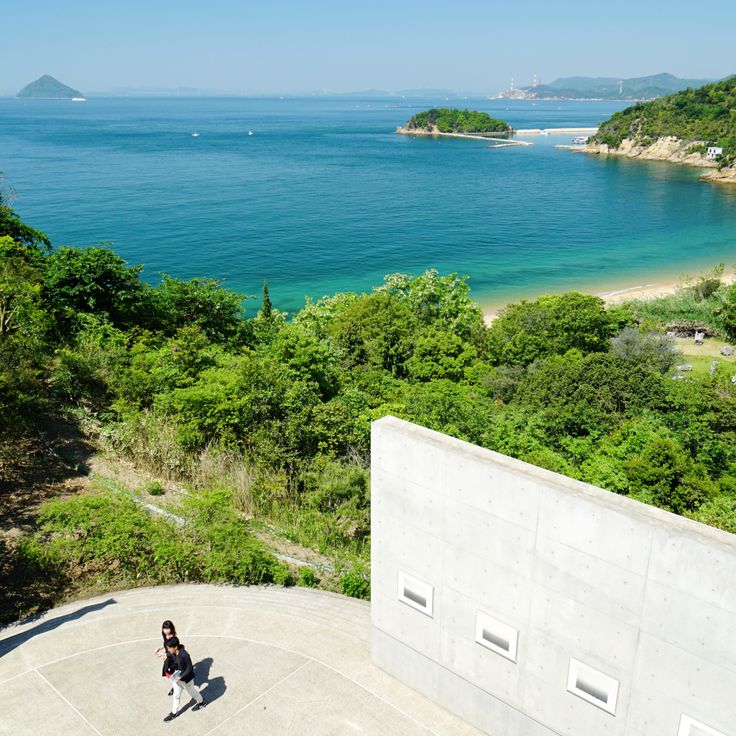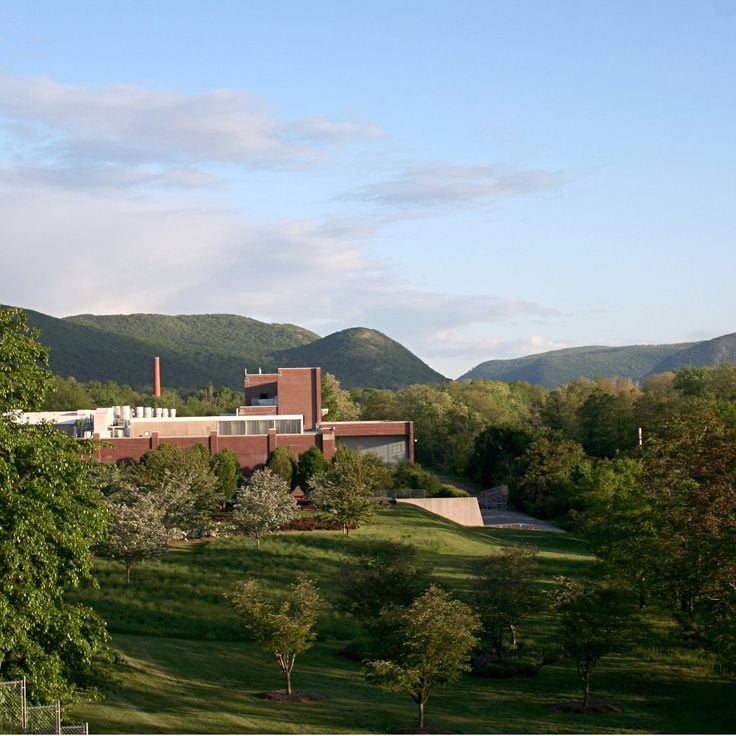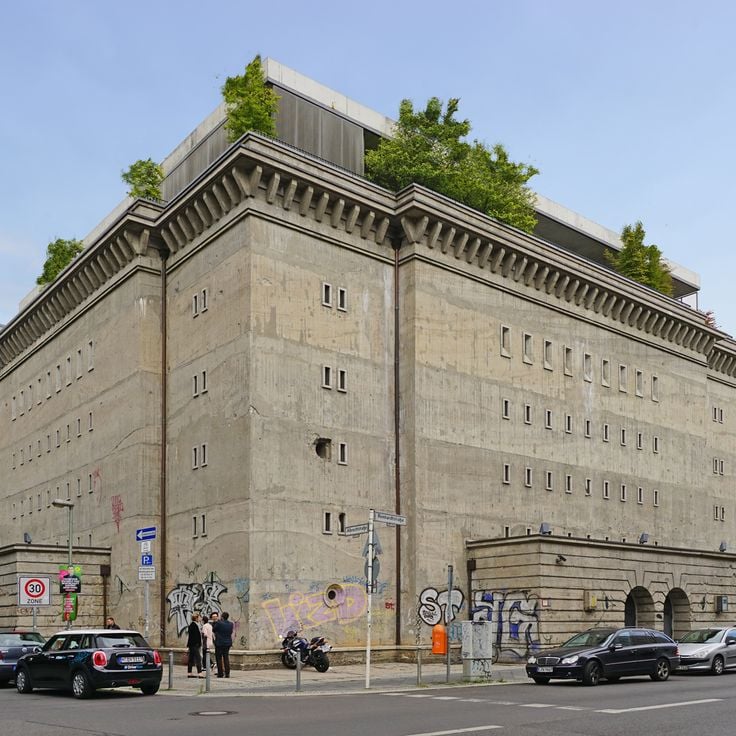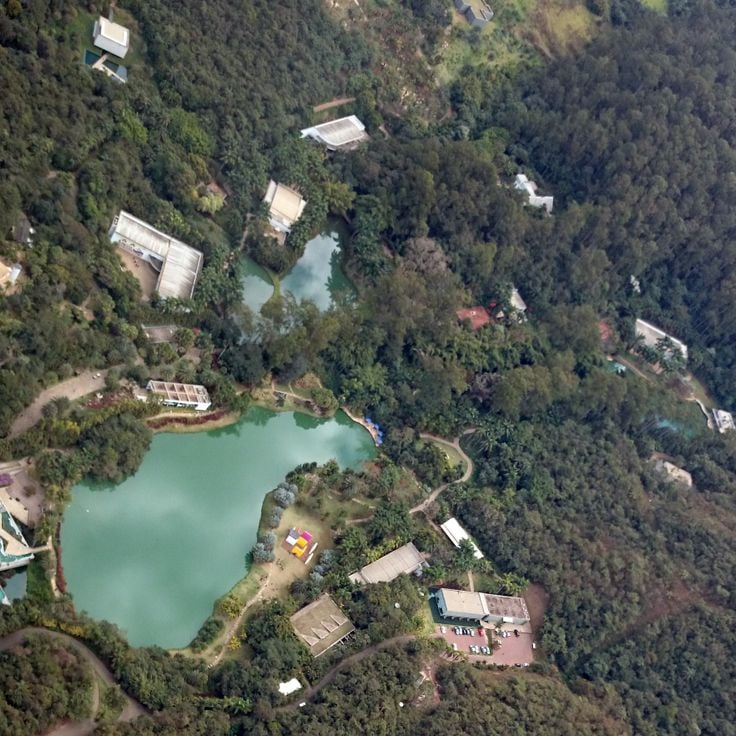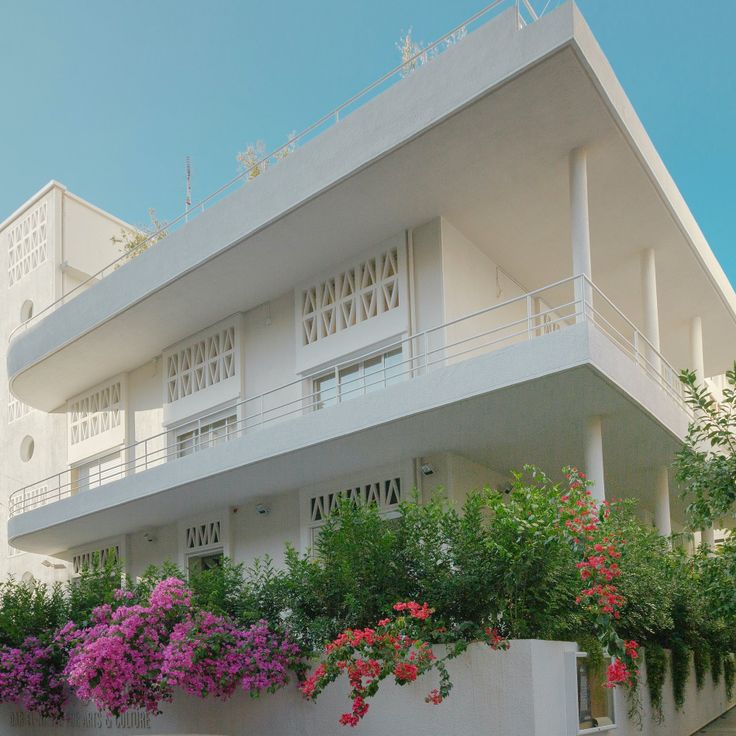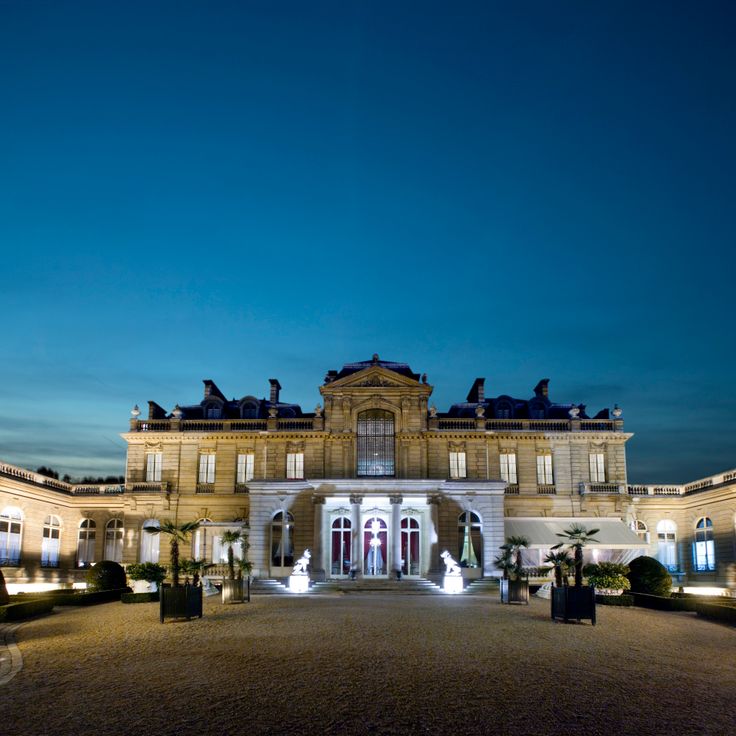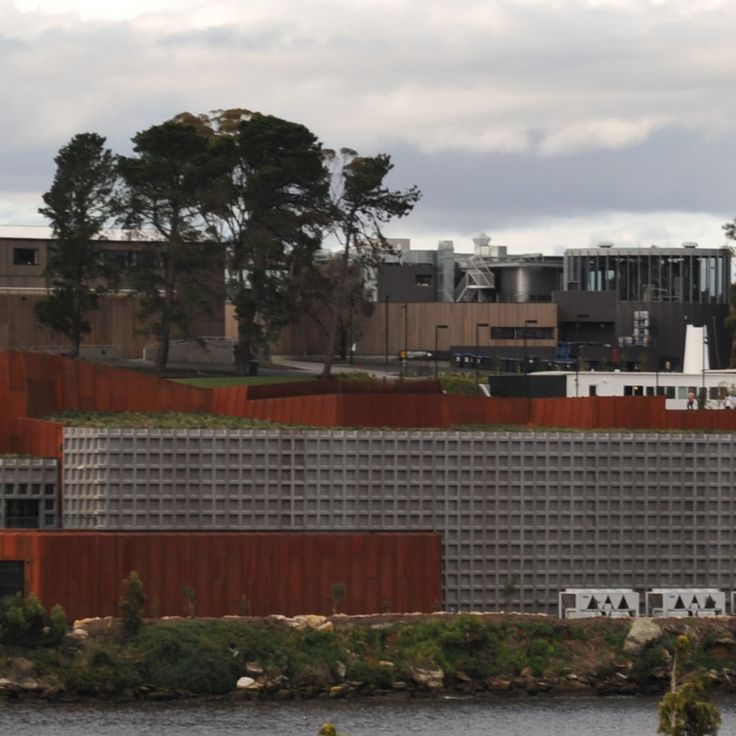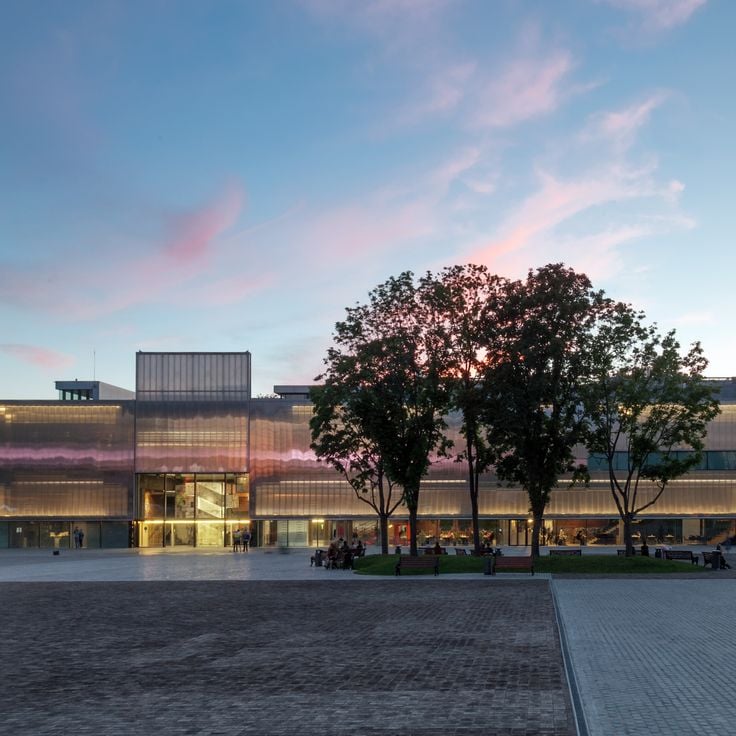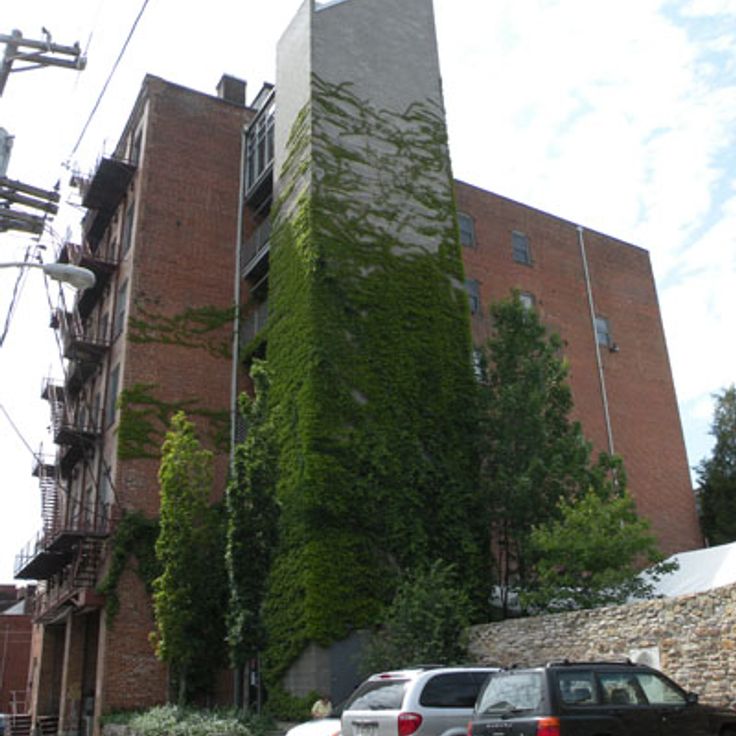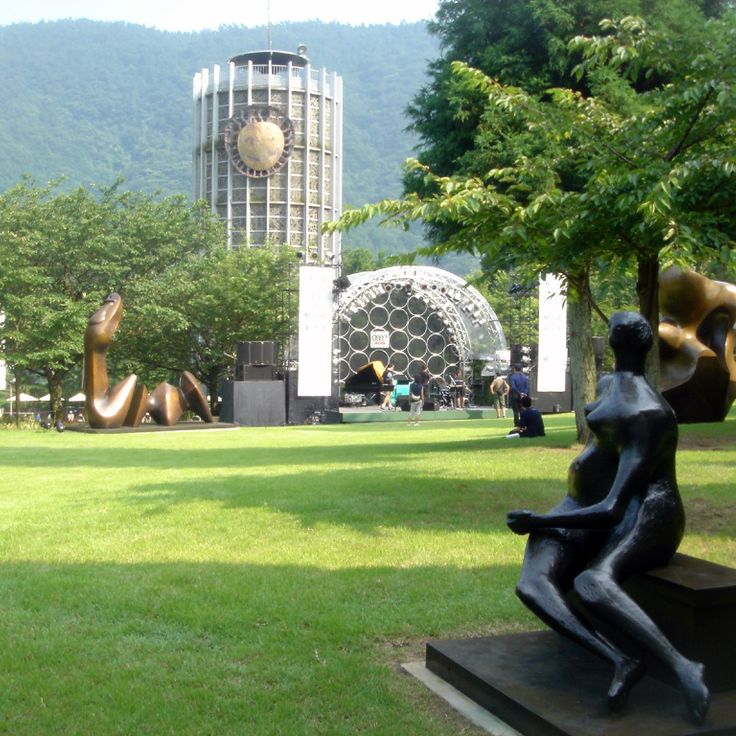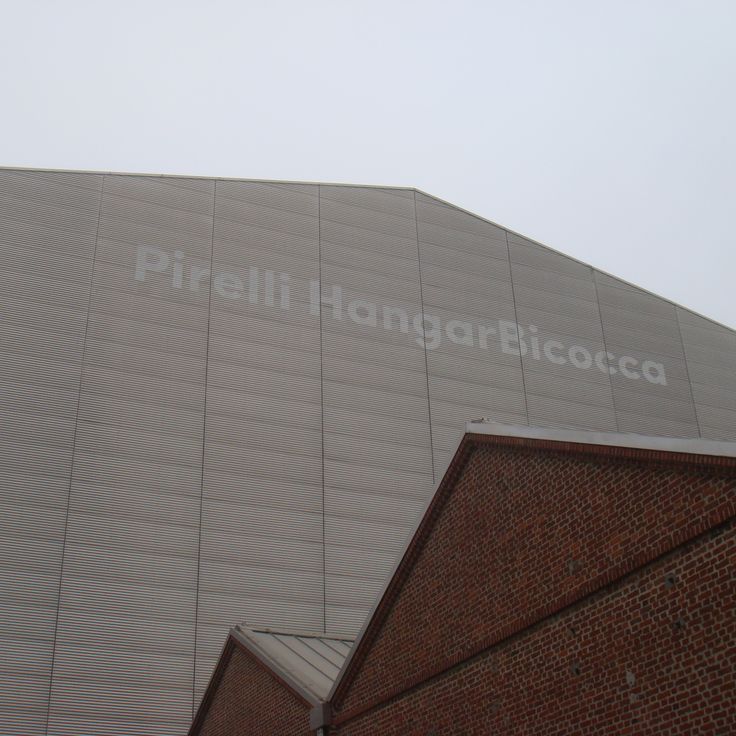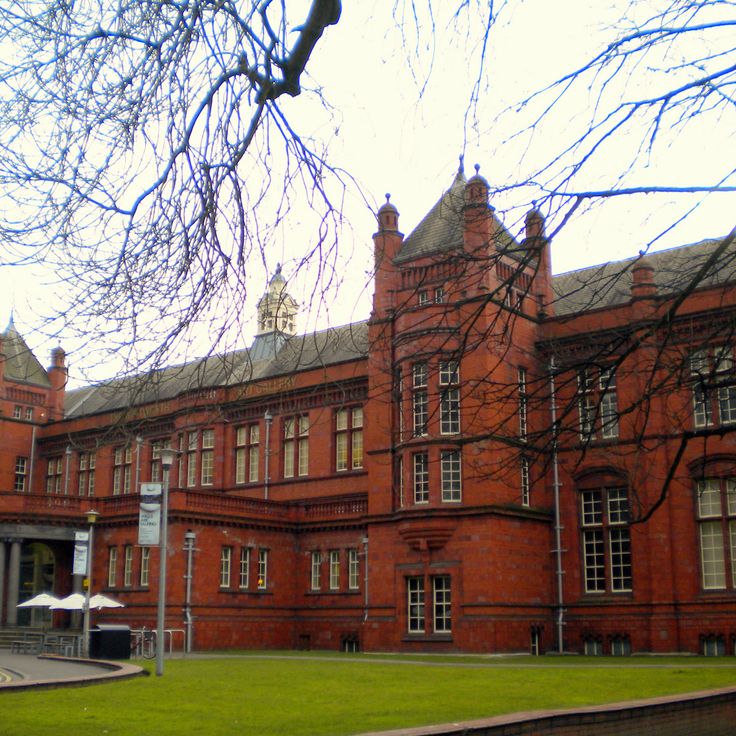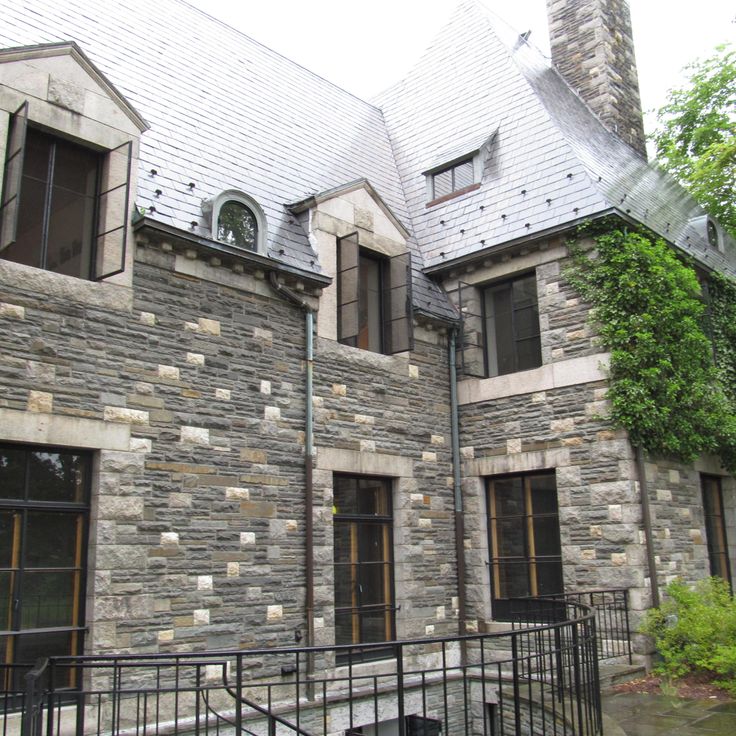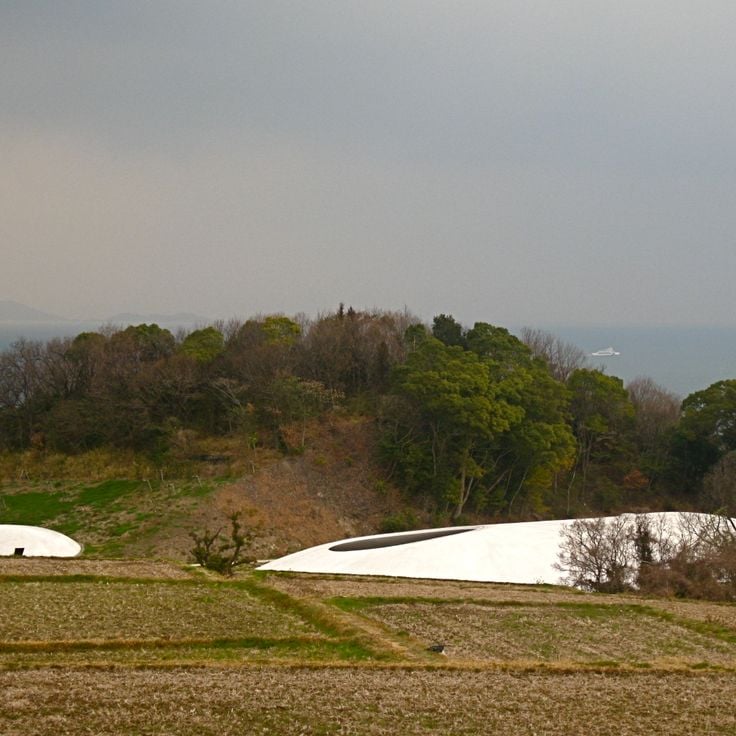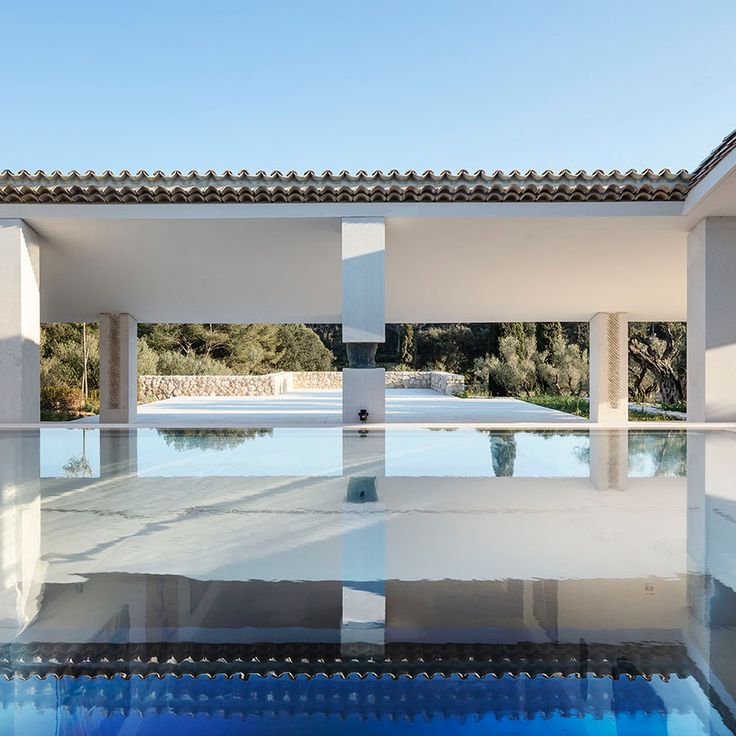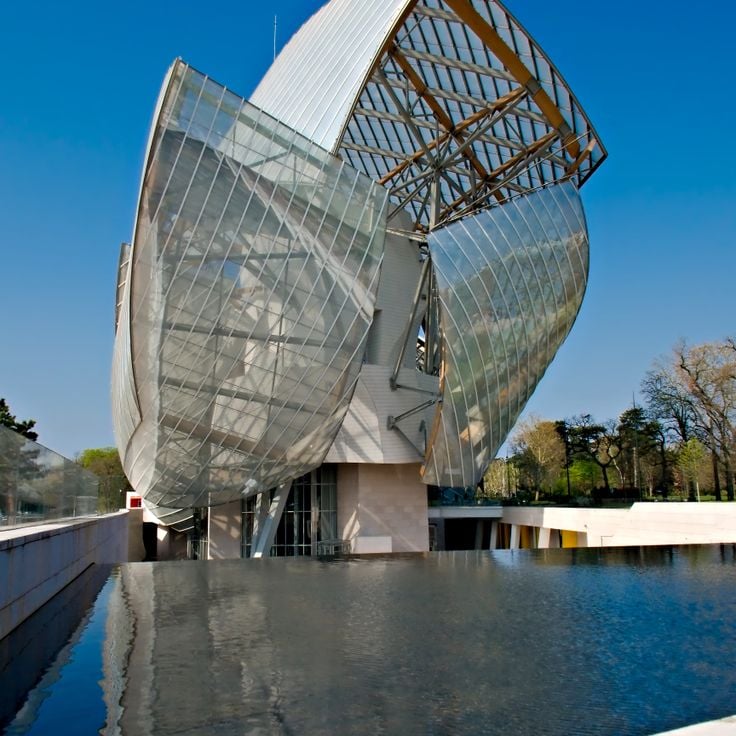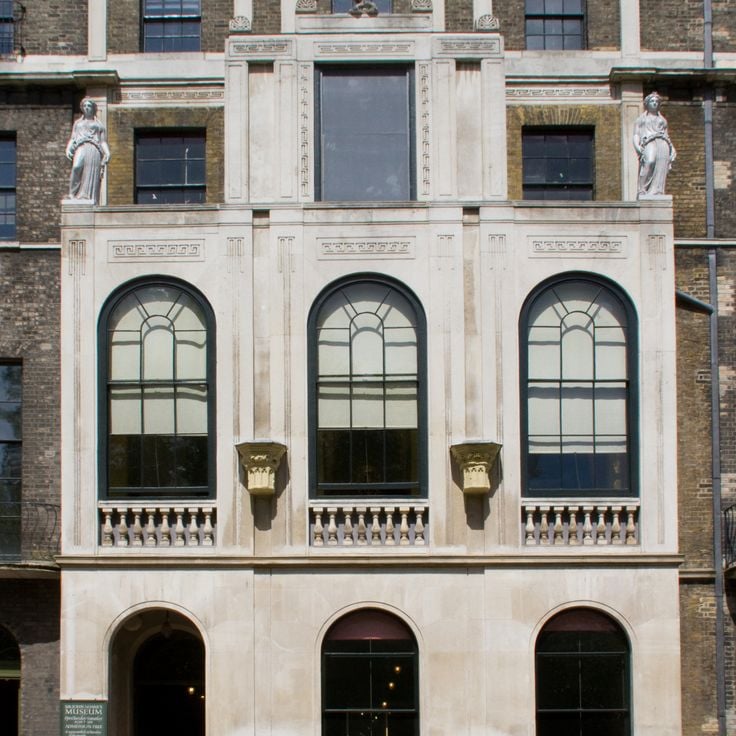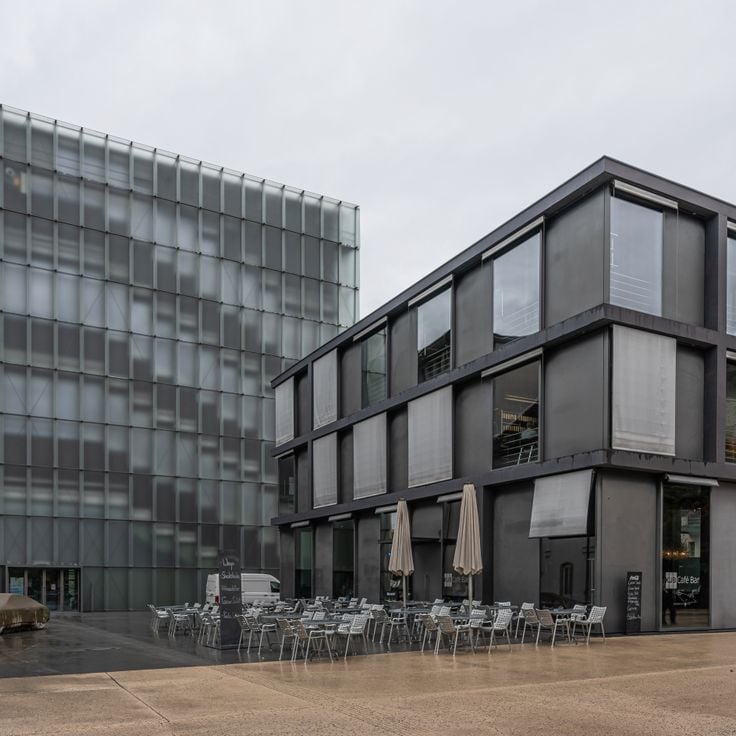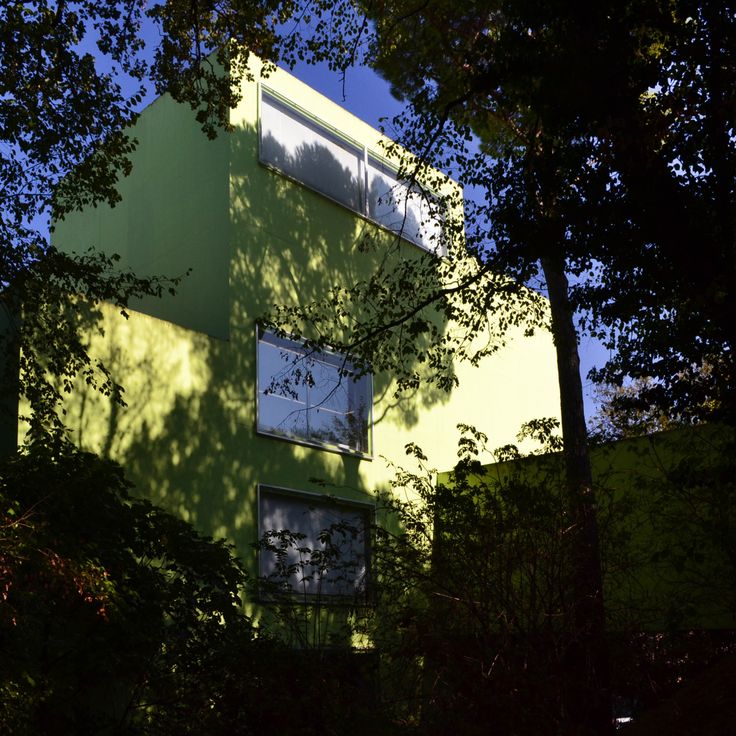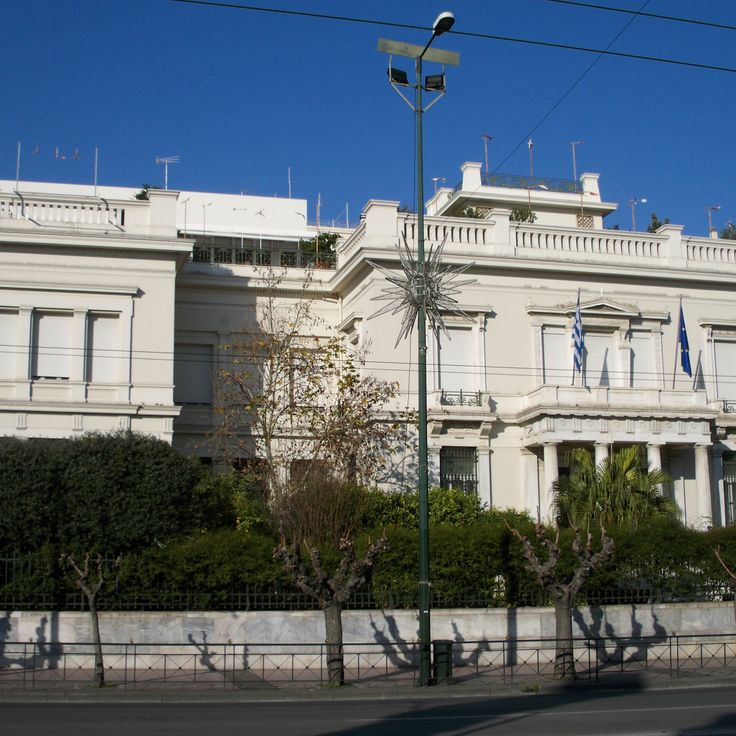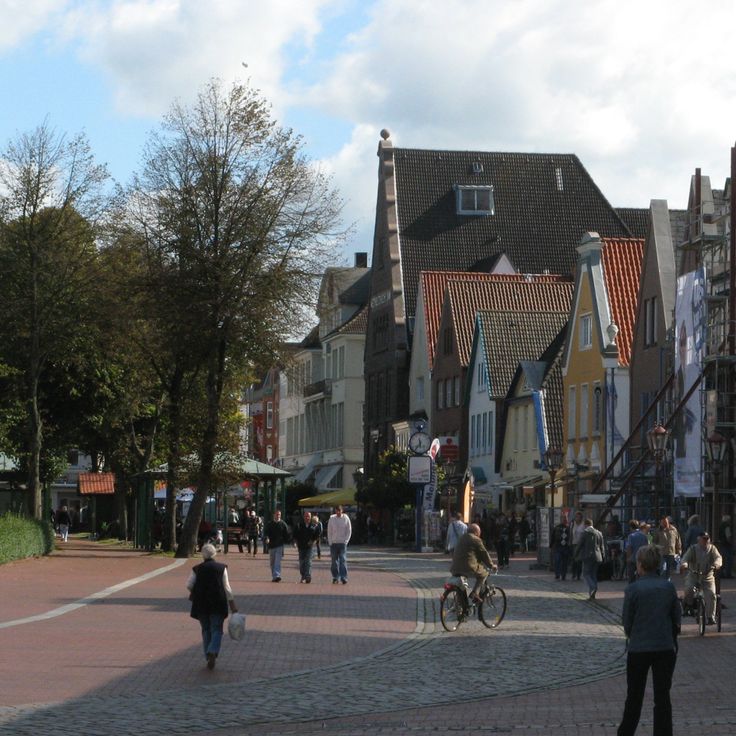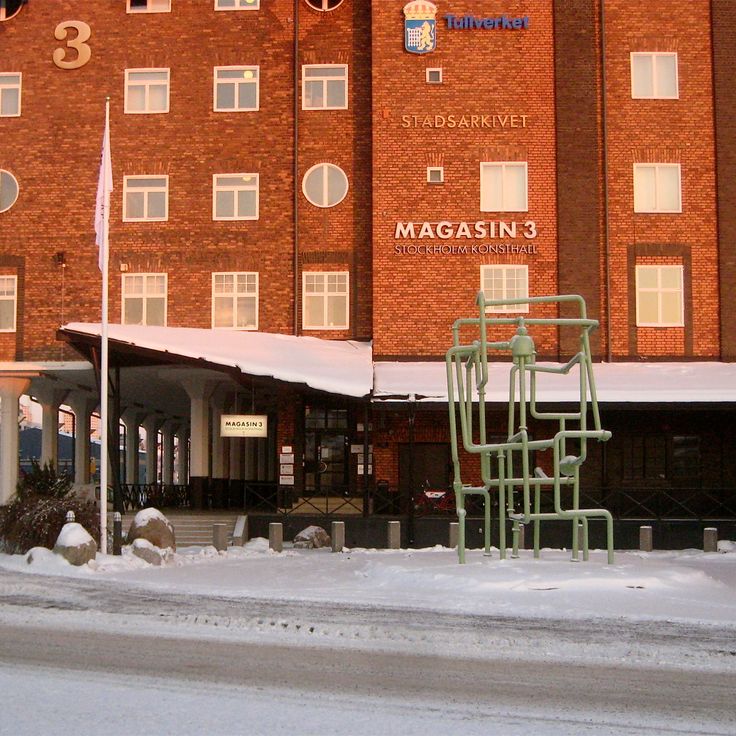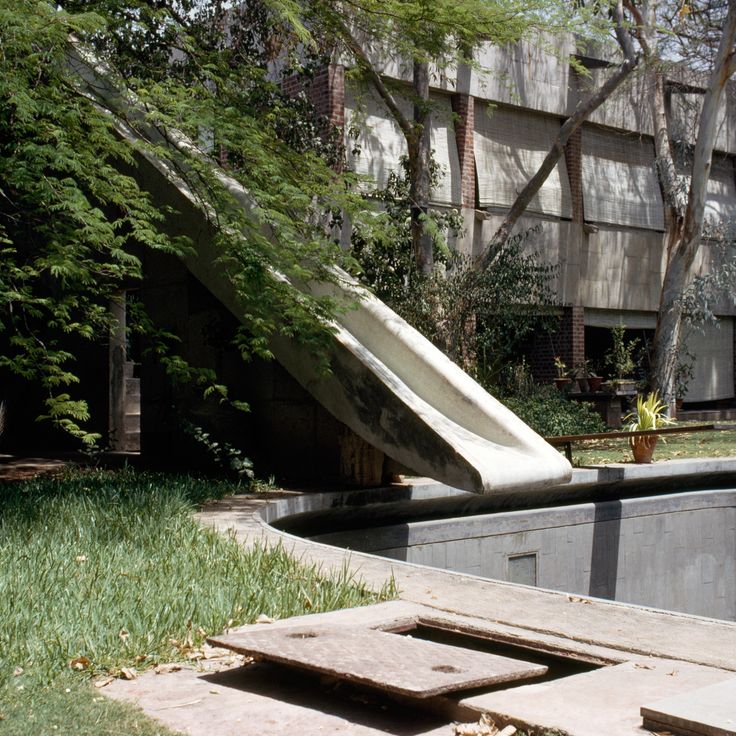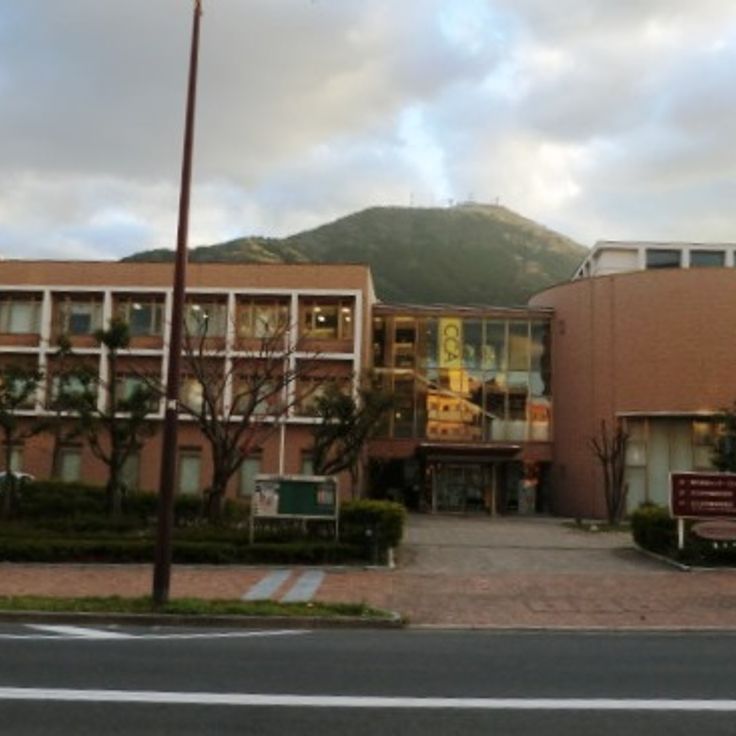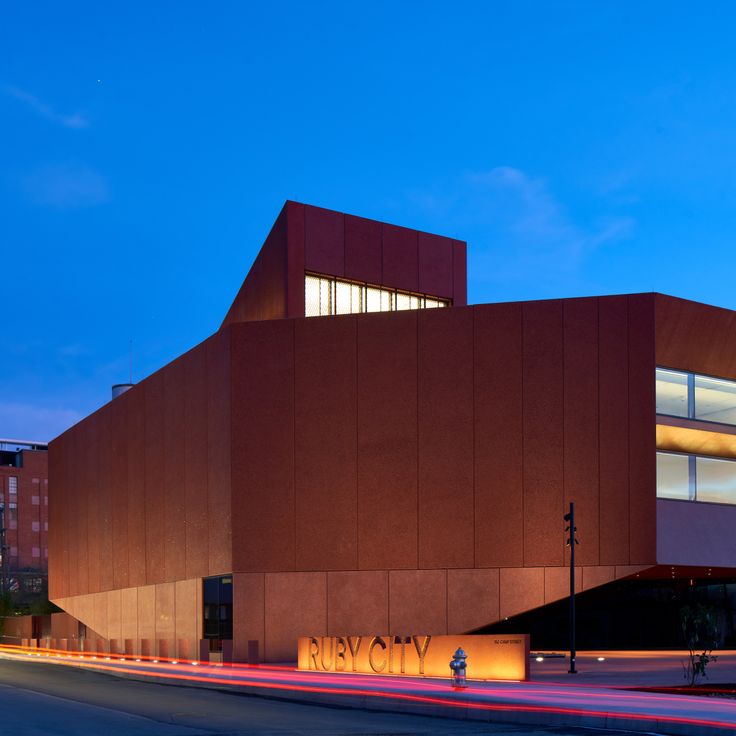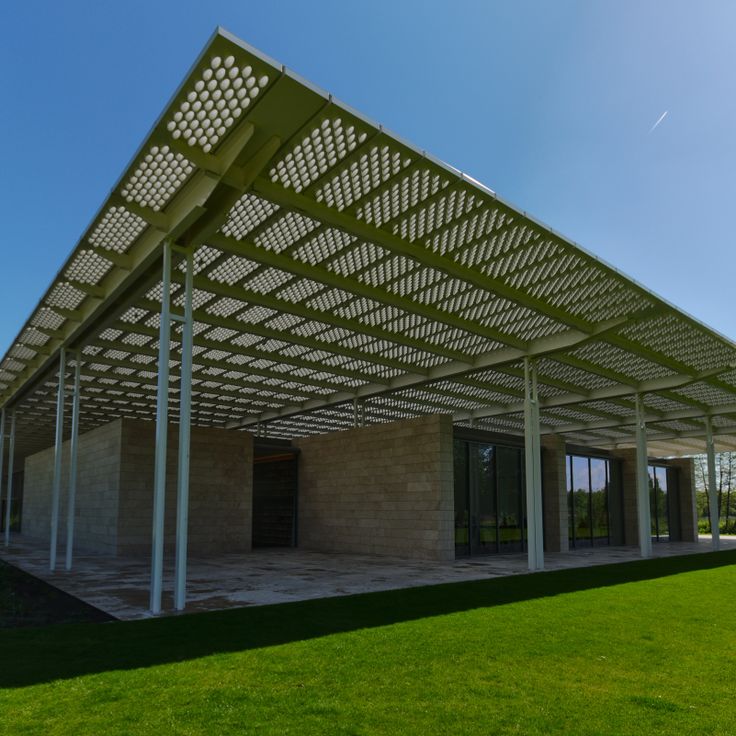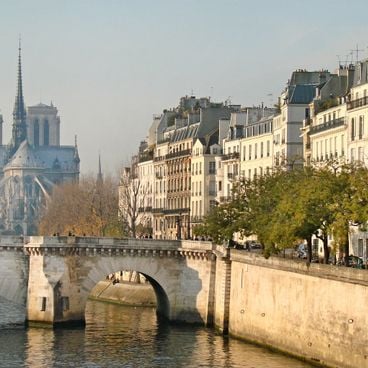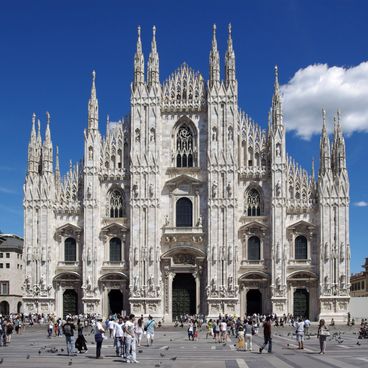Private art museums and galleries of international importance offer direct access to significant contemporary collections. These institutions, operated by foundations, collectors, or corporations, present works outside the traditional public museum landscape. Many of these venues occupy converted industrial buildings, historic residences, or purpose-built structures that connect art with architecture. The selection includes establishments such as Benesse Art Site Naoshima on the Japanese island of Naoshima, where museum buildings by Tadao Ando house works by contemporary artists. Dia:Beacon, north of New York City, displays minimalist and conceptual art in a former 1920s Nabisco factory. In Berlin, Sammlung Boros opens its doors in a converted World War II bunker. Additional examples include Fondation Beyeler in Basel with works of classical modernism, Louisiana Museum of Modern Art north of Copenhagen overlooking the Øresund strait, and Museo Jumex in Mexico City for Latin American contemporary art.
The Benesse Art Site Naoshima is distributed across the island of the same name in the Seto Inland Sea, combining contemporary art with architecture and nature. The site comprises several museum buildings, including the Chichu Art Museum by Tadao Ando, which is built underground near the coast and uses natural light. Additional structures house works by international artists such as Claude Monet, James Turrell, and Walter De Maria. The various locations are spread across the island and integrate into the coastal landscape.
Dia:Beacon occupies a former Nabisco printing factory on the banks of the Hudson River in Beacon. The museum opened in 2003 and presents artworks from the Dia Art Foundation collection dating from the 1960s onward. The galleries span over 300,000 square feet across renovated industrial spaces with soaring ceilings. Natural light filters through skylights and original factory windows. The collection includes installations and sculptures by Richard Serra, Donald Judd, Dan Flavin, and Louise Bourgeois. The building preserves the original industrial architecture while serving as exhibition space.
The Sammlung Boros displays contemporary art in a former World War II bunker. The five-story concrete structure was built in 1942 as an air raid shelter and served various purposes after the war, including as a fruit storage facility and techno club. Since 2008, collector Christian Boros has presented his private art collection across 3000 square meters of exhibition space. The bunker architecture, with its massive walls and low ceilings, creates an unusual setting for works by international artists. Access is available only through guided tours that must be booked in advance.
Inhotim spreads across 140 hectares of botanical gardens in the mountains of Minas Gerais, combining contemporary art with tropical vegetation. The collections of this museum include more than 500 works by 60 international artists, displayed in pavilions and galleries integrated into the landscape. Visitors can walk among installations created by artists such as Hélio Oiticica, Cildo Meireles, and Adriana Varejão, while discovering the botanical diversity featuring over 5,000 plant species.
Fondazione Prada is an art complex that opened in 2015 within a former industrial compound. The center presents rotating exhibitions of contemporary art, retrospectives of established artists, and experimental projects. The architectural complex includes preserved warehouses, a cinema building, and a distinctive white tower. The institution organizes film screenings, readings, and discussion events that engage with current artistic and cultural topics.
Dar el-Nimer for Arts and Culture occupies a historic building in the Zokak el-Blat neighborhood. This center was established in a restored early 20th-century mansion and presents contemporary and modern art exhibitions from the region. The facility regularly organizes workshops, lectures and events to promote cultural exchange. The research center collects documents and archives related to Middle Eastern history and art. Admission is free and offers visitors the opportunity to discover local and regional artists.
The Musée Jacquemart-André occupies a 19th-century townhouse that once belonged to collectors Édouard André and Nélie Jacquemart. This museum showcases their private art collection, which includes Italian Renaissance paintings, French decorative arts and furniture, and Flemish masterpieces. The ornate salons and rooms reflect the lifestyle of wealthy Parisian society during the Second Empire period.
The Museum of Old and New Art is a private institution in Hobart that extends three levels underground. The collection comprises over 1900 artworks spanning different periods of human history. This museum presents contemporary art alongside ancient objects and archaeological finds. The subterranean architecture creates a distinctive setting for viewing the exhibited works.
The Garage Museum of Contemporary Art occupies a converted Soviet-era building in Gorky Park and presents international artworks dating from 1950 to the present day. The collection includes paintings, sculptures, photographs and installations by contemporary artists from various countries. The museum regularly organizes temporary exhibitions, lectures and workshops on modern art. Its location within the park allows visitors to combine art appreciation with outdoor recreation.
The Mattress Factory in Pittsburgh is a contemporary art museum housed in a former mattress warehouse. Since 1977, the institution has presented room-sized installations by international artists specifically conceived for the building's spaces. The artworks utilize the industrial architecture to create immersive experiences for visitors.
The Mori Art Museum occupies the 53rd floor of the Roppongi Hills Mori Tower and features rotating exhibitions of contemporary art from different countries and cultures. Opened in 2003, the museum maintains no permanent collection but instead focuses on temporary presentations by international artists. Visitors reach the exhibition spaces via high-speed elevators and also enjoy views of the city through the building's panoramic windows.
The Hakone Open-Air Museum spans 70,000 square meters across the mountains of Hakone, displaying more than 100 sculptures by Japanese and international artists. Opened in 1969, this museum was the first of its kind in Japan, combining contemporary art with the natural landscape of the region. The collection includes works by Henry Moore, Auguste Rodin, and Pablo Picasso, alongside significant Japanese sculptors.
HangarBicocca is a former industrial building in the Bicocca district of Milan, transformed into an exhibition space for contemporary art. The warehouse spans 15,000 square meters and serves as a venue for large-scale installations and rotating exhibitions by international artists. The industrial architecture with high ceilings and open spaces provides optimal conditions for experimental art forms. Entry to the exhibitions is free of charge.
The Whitworth Art Gallery houses an extensive collection of historical textiles, wallpapers and contemporary art. The museum was founded in 1889 and reopened in 2015 following major renovation works. The gallery holds works by William Blake, Vincent van Gogh and David Hockney, alongside a significant collection of British watercolours. The adjacent park extends over six hectares, connecting the exhibition spaces with nature. The Whitworth Art Gallery is part of the University of Manchester and offers rotating exhibitions as well as educational programmes for visitors of all ages.
Storm King Art Center spans 500 acres of rolling hills, fields and forests in the Hudson Valley, approximately 60 miles north of New York City. This open-air museum presents over 100 large-scale sculptures and site-specific installations by prominent artists of the 20th and 21st centuries. The works integrate with the natural landscape, creating a dialogue between human creativity and the environment. Visitors can walk along maintained pathways to view pieces by Alexander Calder, Louise Nevelson, Isamu Noguchi, and other contemporary sculptors.
The Teshima Art Museum combines architecture and nature on the small island of Teshima in the Seto Inland Sea. Designed by Ryue Nishizawa, this structure houses the permanent installation Matrix by Rei Naito, where water drops through openings in the concrete shell onto the floor and moves with natural light. The organic form of the museum integrates into the surrounding landscape of rice terraces and coastal views.
The White Rabbit Gallery houses a private collection of over 2000 works by Chinese artists from the 21st century. Located in a converted warehouse in the Chippendale district, this gallery presents contemporary Chinese art through rotating exhibitions. The collection includes paintings, sculptures, installations and video art. Admission is free and the gallery offers guided tours as well as a tea salon.
The Fondation Carmignac is located on the Mediterranean island of Porquerolles and features an underground exhibition space of 2000 square meters. This art collection displays contemporary works from the 1960s to the present day, including photographs, paintings and sculptures by international artists. The sculpture garden extends across several hectares of Mediterranean vegetation and combines art with the natural surroundings of the island.
The Louis Vuitton Foundation opened in 2014 in the Bois de Boulogne and occupies a building by American architect Frank Gehry. The glass and steel structure features twelve interconnected galleries distributed across multiple levels. This museum presents rotating exhibitions of modern and contemporary art from the Bernard Arnault collection, alongside temporary displays by international artists. The building's terraces provide views over the surrounding park and the Paris skyline.
Sir John Soane's Museum occupies the former home of the 19th-century architect in Lincoln's Inn Fields. The house displays Soane's personal collection of ancient sculptures, Egyptian sarcophagi, Roman objects, and paintings by artists including Canaletto, Turner, and Hogarth. The rooms also contain thousands of architectural drawings and models. The museum preserves the original arrangement of objects that Soane himself designed, including mirror-lined walls and multi-layered picture galleries.
The Me Collectors Room Berlin presents a private art collection featuring over 400 international works and historical objects from the Olbricht Collection. The gallery displays contemporary art alongside cabinet of curiosities objects and historical artifacts from various periods. The museum occupies a historic building in the Mitte district and offers rotating exhibitions as well as a permanent collection. The rooms combine modern artworks with natural history specimens, creating a dialogue between past and present.
The Kunsthaus Bregenz is a museum for contemporary art housed in a transparent glass structure. The architecture by Peter Zumthor creates natural lighting conditions throughout the exhibition spaces. This museum presents rotating international exhibitions of modern art and architecture. The four floors provide space for large-scale installations and series of works by individual artists. The building stands on the shores of Lake Constance, combining contemporary architecture with cultural presentations.
The Espace de l'Art Concret presents a significant collection of geometric and abstract art within a 16th-century castle. This museum houses approximately 700 works by artists including Vasarely, Soto, and Morellet. The permanent collection traces developments in concrete art from the 1950s to the present day. Alongside the exhibition rooms in the castle, a modern extension designed by Alain Fort complements the facility. The museum regularly organizes temporary exhibitions and educational programs dedicated to promoting contemporary abstract art.
The Benaki Museum houses more than 40,000 objects documenting Greek culture from prehistoric times to the present day. Located in a neoclassical villa in central Athens, the collection includes archaeological findings, Byzantine icons, folk art, historical documents, and works by modern Greek artists. Founded in 1930 by Antonis Benakis, the museum presents the evolution of Greek civilization across several millennia in a residential setting that was once the family home.
The Heide Museum of Modern Art occupies a converted farmhouse in Melbourne and showcases Australian art from the 20th century to the present day. The former residence of art patrons John and Sunday Reed now houses paintings, sculptures and contemporary installations. The museum features three hectares of gardens where sculptures are displayed among native plants and eucalyptus trees. The collection includes works from the Heidelberg School as well as pieces by Sidney Nolan and Arthur Boyd.
The Magasin III Museum & Foundation for Contemporary Art is housed in a former warehouse in Stockholm's Frihamnen area. This private art institution was founded in 1987 and presents contemporary works by international artists through rotating exhibitions. The collection includes installations, sculptures, paintings and videos by established and emerging artists from different continents.
Villa Sarabhai was designed in 1955 by Le Corbusier for the industrialist Sarabhai family. This concrete and brick residence combines modern European architecture with Indian building traditions. The rooms house a collection of Indian modern art along with historical textiles from various regions of the subcontinent. The building represents one of Le Corbusier's significant works in India.
Zeitz MOCAA occupies a converted grain silo from the 1920s in the V&A Waterfront area. The museum presents contemporary African art from all regions of the continent and the diaspora. The collection includes paintings, sculptures, photographs, video works and installations by artists such as El Anatsui, Nandipha Mntambo and Kudzanai Chiurai. South African architect Thomas Heatherwick designed the nine-story building, combining functional industrial architecture with modern exhibition spaces. The museum organizes rotating exhibitions, workshops and lectures on contemporary African art production.
CCA Kitakyushu is located in the Yahata district and serves as an international center for contemporary art. The facility organizes rotating art exhibitions, academic research programs and residencies for artists from various countries. The center promotes cultural exchange and supports artistic production by providing working spaces and professional guidance.
The Schaulager in Basel combines storage and exhibition functions for contemporary art in a purpose-built concrete structure. This facility was designed to preserve artworks under optimal conditions while making them accessible to the public. The building serves as a depot for significant collections and hosts rotating exhibitions. A research center dedicated to art conservation complements the exhibition spaces, enabling scholarly study of the works housed within the complex.
Ruby City is a contemporary art museum in San Antonio housed in a distinctive red concrete building. The 900-square-meter exhibition space showcases works from the Linda Pace Foundation collection, which presents modern and contemporary art. The building was designed by architect David Adjaye and opened in 2019. The collection includes works by international and regional artists across various media and styles.
Voorlinden Museum combines architecture, art and nature in a park setting in Wassenaar. The museum's collection includes significant works by contemporary artists from various countries, featuring sculptures, installations and paintings. The building was designed as an open space that creates a dialogue between the exhibition rooms and the surrounding garden. Rotating exhibitions present international positions in contemporary art and complement the permanent collection through thematic focuses.
